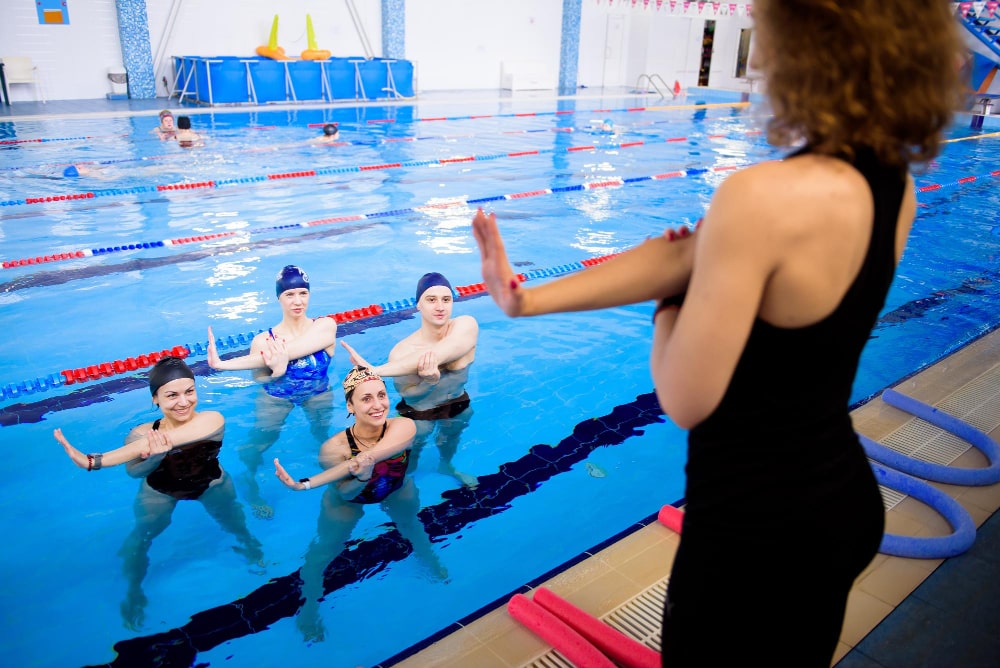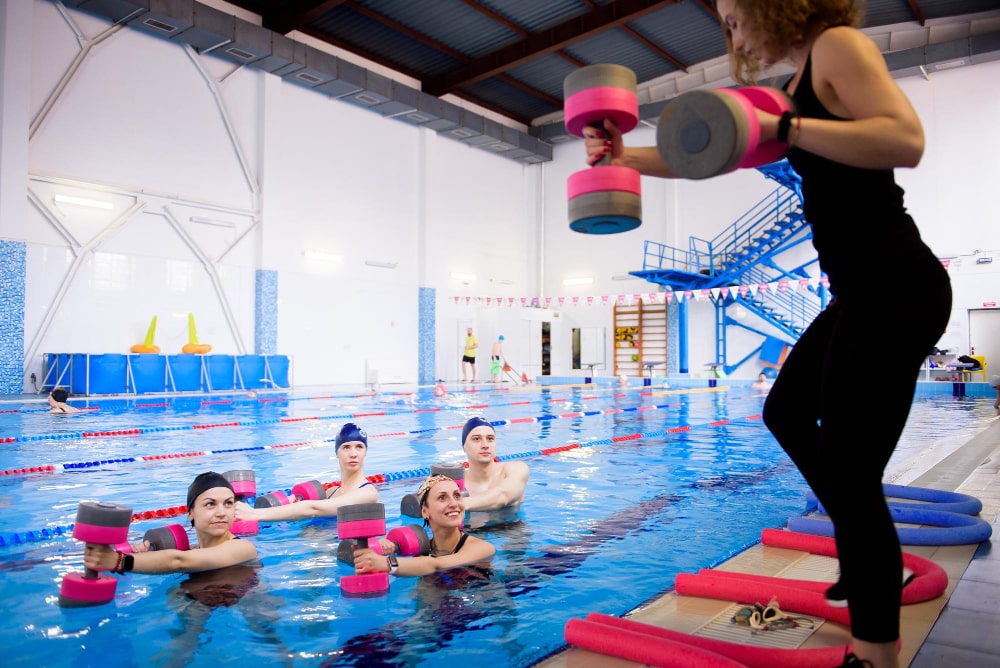In the quest for fitness, we often find ourselves exploring various workout options, from traditional gym routines to outdoor activities. But have you ever considered taking your workout beneath the surface? Underwater workouts are a unique and effective way to achieve your fitness goals while enjoying the soothing embrace of water. In this blog post, we'll dive into the world of underwater workouts, exploring their benefits, different forms, and tips for getting started.
The Benefits of Underwater Workouts
1. Low-Impact Exercise: One of the most significant advantages of underwater workouts is their low-impact nature. The buoyancy of water reduces the impact on joints and muscles, making it an ideal choice for individuals with arthritis, joint issues, or those recovering from injuries.
2. Increased Resistance: Water provides constant resistance in every direction, which means you're working against it with every move. This resistance helps build strength and endurance while burning calories more efficiently than land-based exercises.
3. Improved Cardiovascular Health: Underwater workouts can elevate your heart rate and improve cardiovascular fitness. The resistance of water forces your heart to work harder, leading to better circulation and a healthier heart.
4. Enhanced Flexibility: Water's buoyancy allows you to move your joints through a broader range of motion, which can help improve flexibility and reduce stiffness.
5. Stress Reduction: Being submerged in water has a calming effect, reducing stress and promoting relaxation. This can make your workout a more enjoyable and mentally refreshing experience.
Forms of Underwater Workouts

Aqua Aerobics: Aqua aerobics classes are a popular choice for those looking to enjoy group fitness in the pool. Instructors lead participants through a variety of aerobic and strength exercises in chest-deep water, using flotation devices for added resistance.
Swimming: Swimming itself is a fantastic full-body workout. You can vary your swim strokes, speeds, and techniques to target different muscle groups and fitness goals.
Water Running: Water running involves mimicking the motion of running on land while submerged in water. This high-intensity workout can burn a substantial number of calories and improve cardiovascular fitness.
Water Yoga and Pilates: These mind-body practices can be adapted to the pool. The water's resistance adds a new dimension to these exercises, challenging your balance and core strength.
Hydrotherapy: Hydrotherapy pools are designed for rehabilitation and therapeutic purposes. They provide a gentle, supportive environment for people recovering from injuries or surgeries.
Tips for Getting Started

Consult a Professional: Before starting any underwater workout program, consult with a fitness professional or physical therapist to ensure it's safe and suitable for your individual needs.
Proper Gear: Invest in a good-quality swimsuit, water shoes, and any additional equipment your chosen workout may require.
Warm-Up: Begin with a warm-up routine to prepare your muscles for the water's resistance and prevent injury.
Stay Hydrated: Even though you're in the water, it's essential to stay hydrated during your workout.
Gradual Progression: Start slowly and gradually increase the intensity and duration of your underwater workouts to avoid overexertion.
Underwater workouts offer a refreshing alternative to traditional exercise routines. With their low-impact nature, numerous physical benefits, and overall enjoyment factor, they're an excellent choice for individuals of all fitness levels. Whether you prefer the camaraderie of aqua aerobics classes or the solitude of a solo swim, diving into underwater workouts can be a transformative experience for your health and well-being. So, why not take the plunge and explore this exciting fitness frontier? Your body and mind will thank you for it.